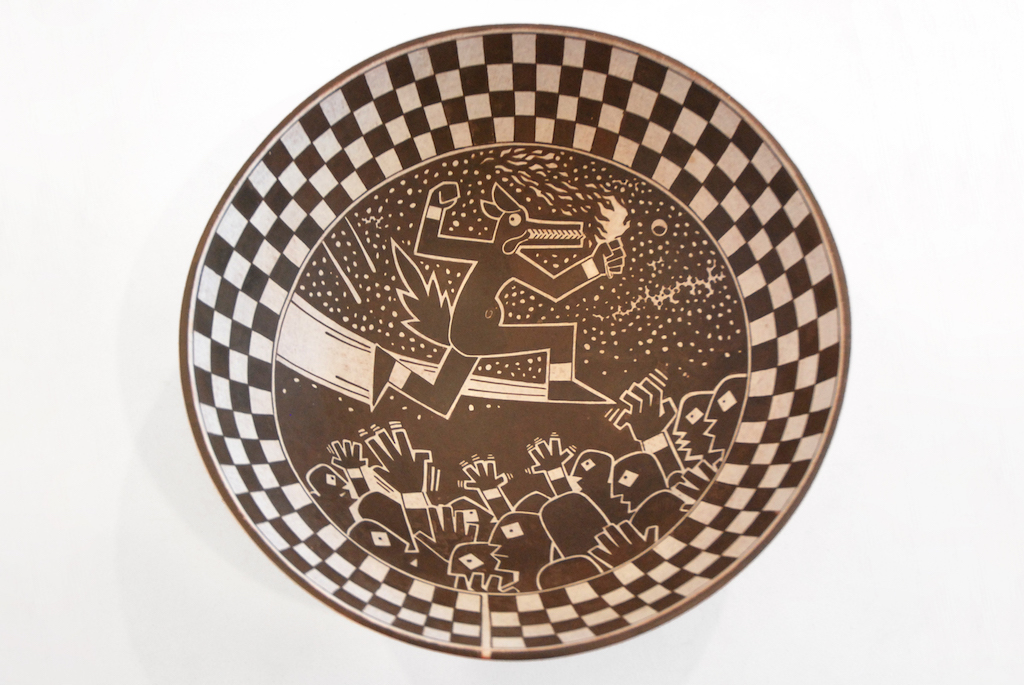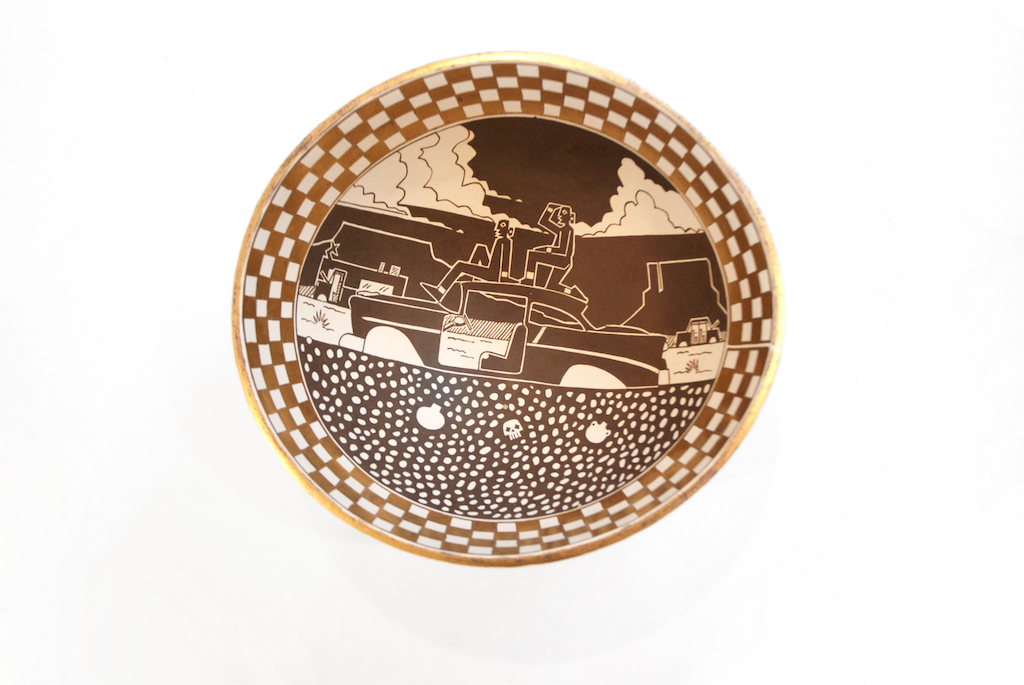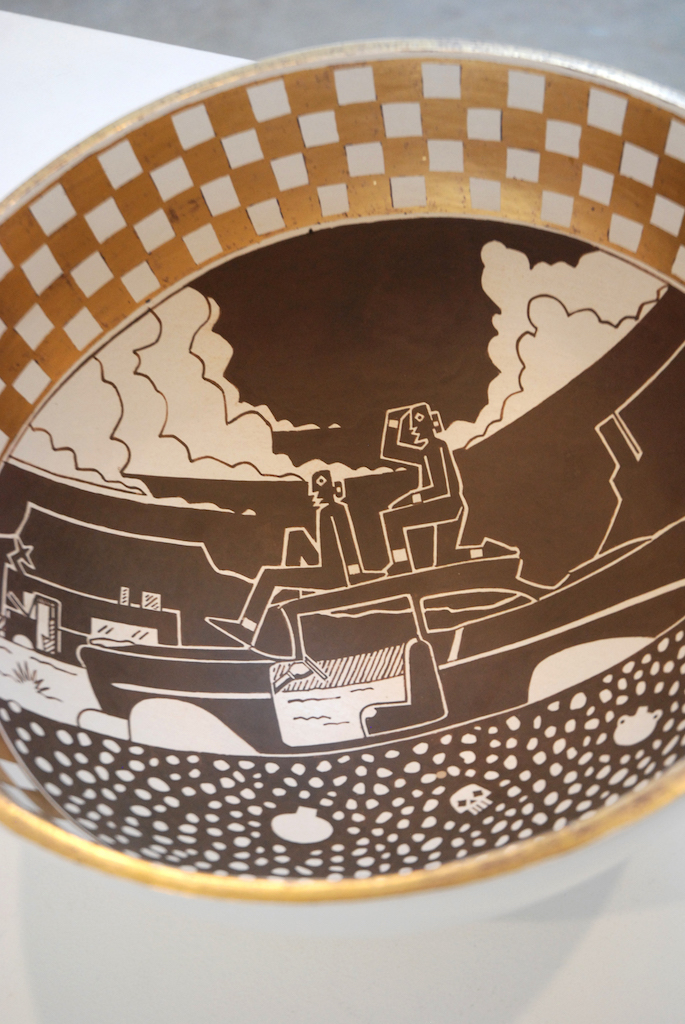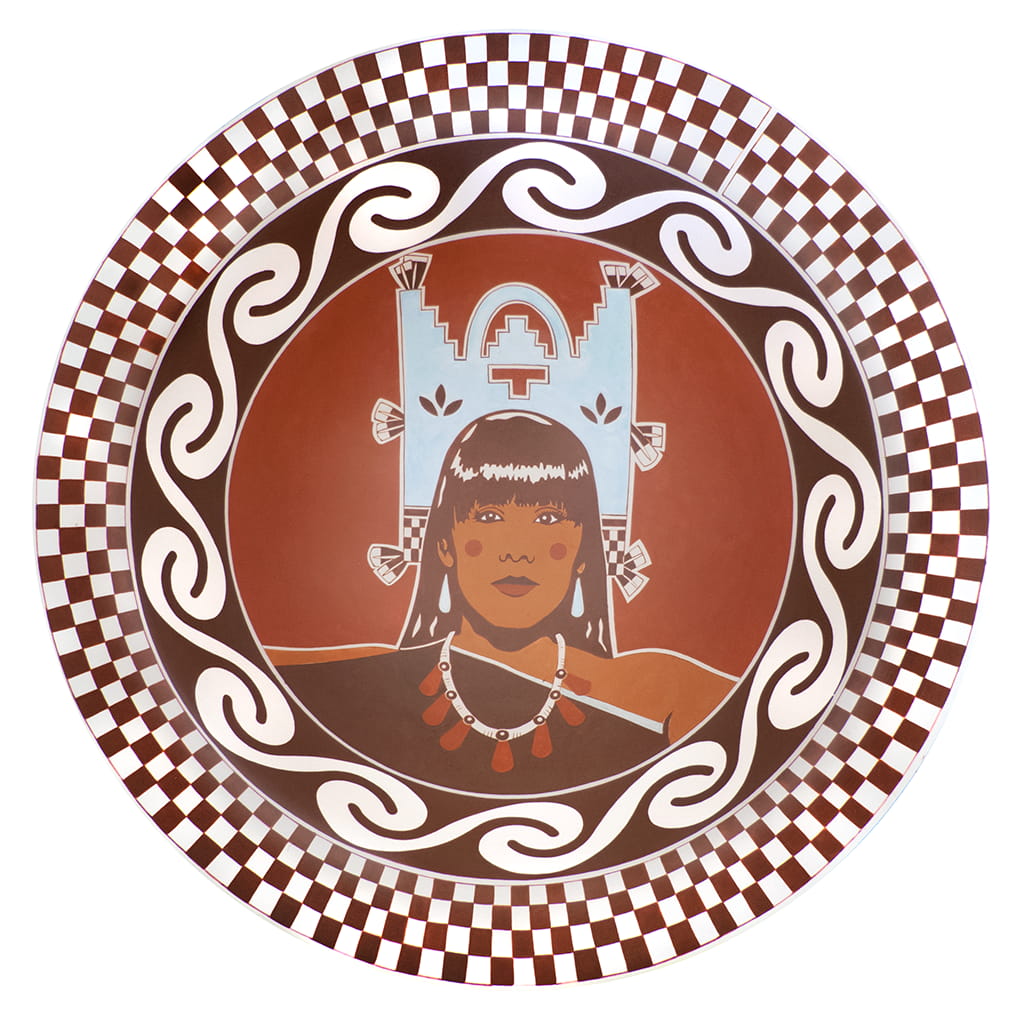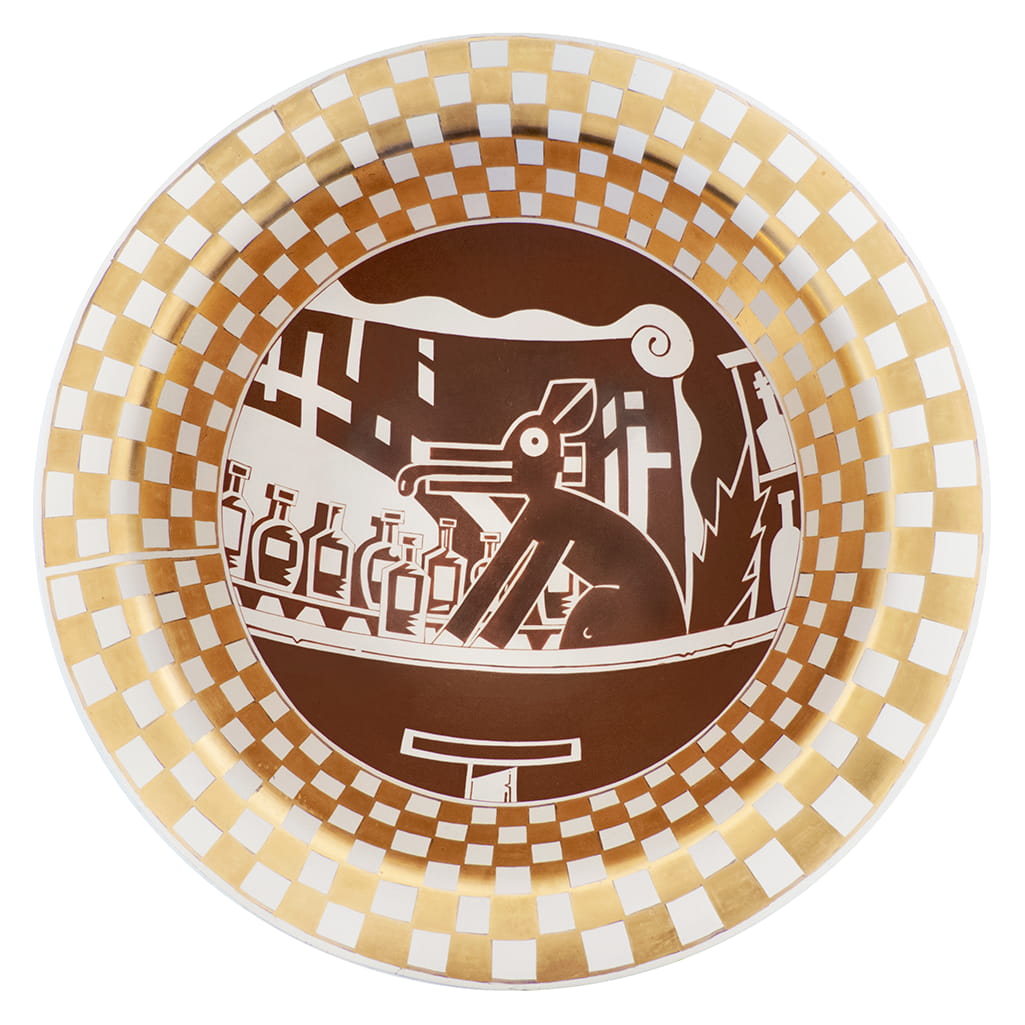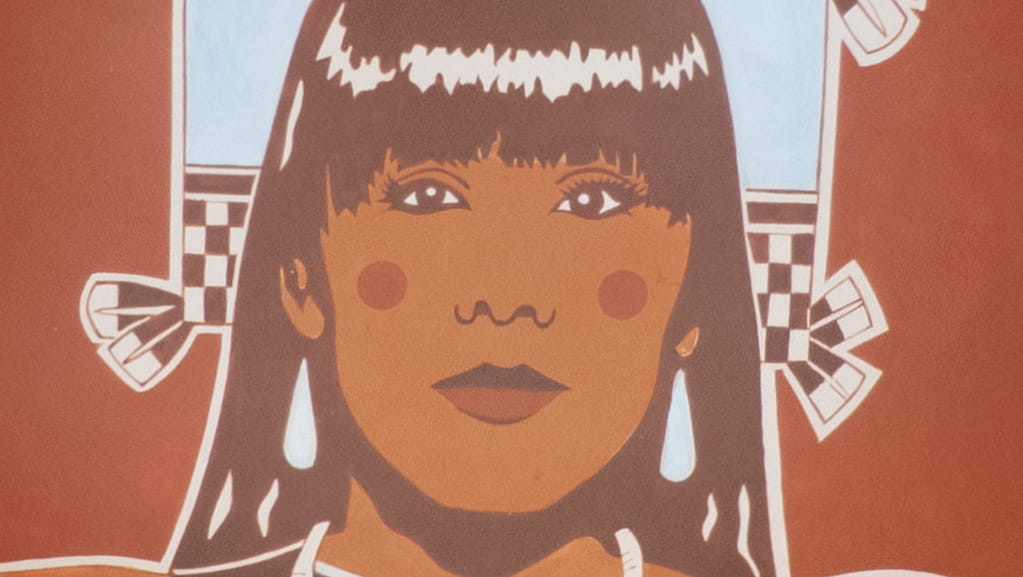Identity: 4 Voices – Virtual Exhibition
During the closure of the Craft in America Center, we invite you to explore our virtual exhibition, browse the digital catalog, and look through the image gallery below, as well as enjoy our related video content.
For questions and more information about this exhibition or to set-up a virtual walkthrough, please contact us at center@craftinamerica.org
Virtual Exhibition:
Craft in America Center is pleased to present an exhibition by four artists who explore issues of gender, race, culture, and place, offering true expressions of their experience in this world.
Cristina Córdova, Wendy Maruyama, Cara Romero, and Diego Romero draw upon their heritages and identities as makers to translate their experiences into fine art. All four artists were featured in Craft in America’s most recent episode of our PBS Documentary Series, IDENTITY.
Cristina Córdova is a sculptor who is originally from Puerto Rico and now lives and works at Penland, NC. Her beautiful figurative clay work is rooted in renaissance sculptural traditions and ceramic history. Each piece represents our shared humanity while confronting contemporary issues of gender, race, beauty, and power.
Wendy Maruyama, furniture maker and educator, delves into matters of ethnicity, gender, and world issues in her studio in San Diego, CA. Born an American of Japanese heritage, Maruyama satisfied her artistic passions by becoming an important furniture maker in a field dominated by men and in the process, overcame challenges related to her deafness and disability. Maruyama is able to translate her complex identity into beautiful yet challenging work.
Cara Romero, a contemporary photographer and member of the Chemehuevi Indian Tribe of the Chemehuevi Reservation (a branch of the Southern Paiute) of the Mojave Desert, CA is a passionate spokesperson for indigenous cultural and environmental issues. Her complex and nuanced images combine traditional iconography with a contemporary perspective, bringing past, present, and future into consideration. The artist orchestrates a balancing act in her photography by rewriting stories of Indian identity, battling cultural misappropriation, and confronting stereotypes–particularly of Native women–all the while preserving tradition and maintaining cultural sensitivity.
Diego Romero is a potter living and working in Santa Fe, NM and a member of the Cochiti Pueblo tribe. He makes art that transcends his Native American heritage by combining traditional materials, techniques, and forms of ancient Mimbres, Anasazi, and Greek pottery with comic book inspired imagery to talk about contemporary issues. Romero is a self-proclaimed “chronologist on the absurdity of human nature,” whose comic narratives often venture into taboo areas of politics, environment, racism, alcoholism, love, life, and loss.
___
Image Gallery:
Wendy Maruyama
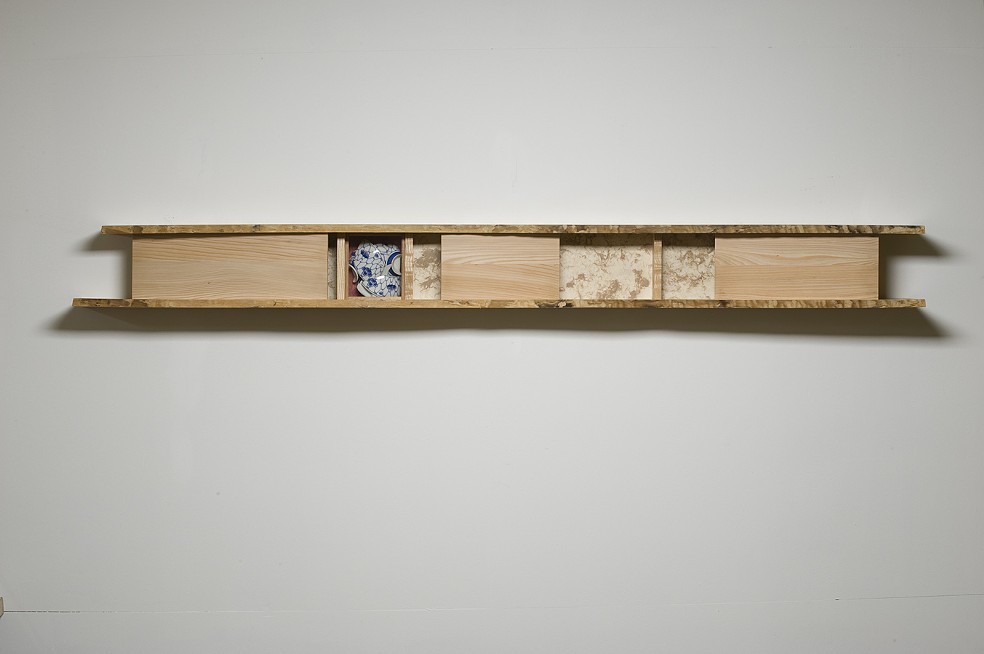
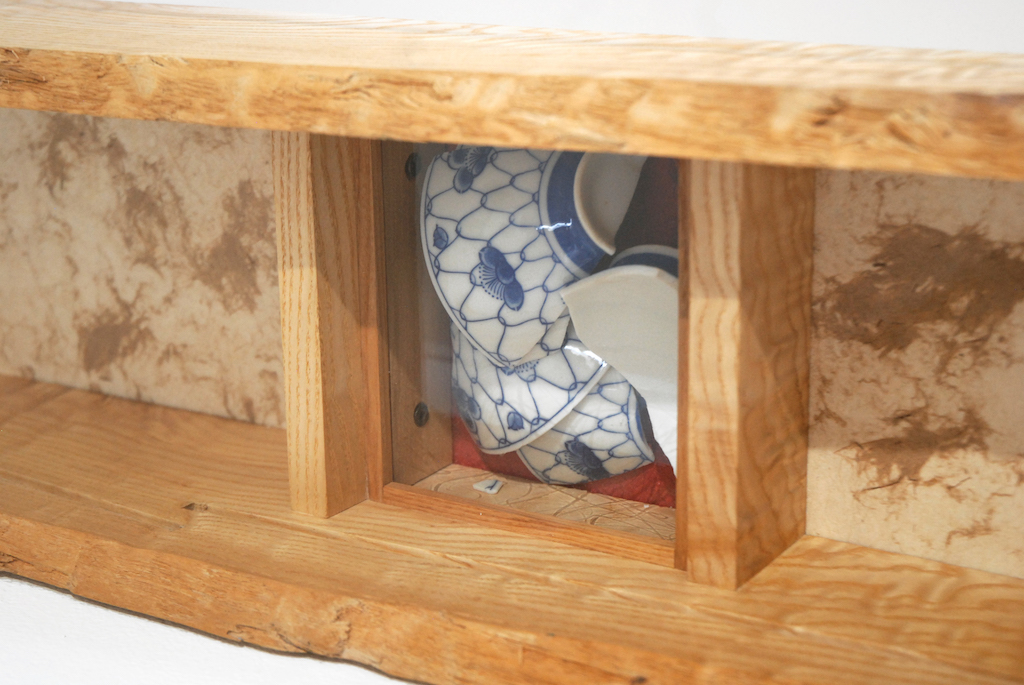
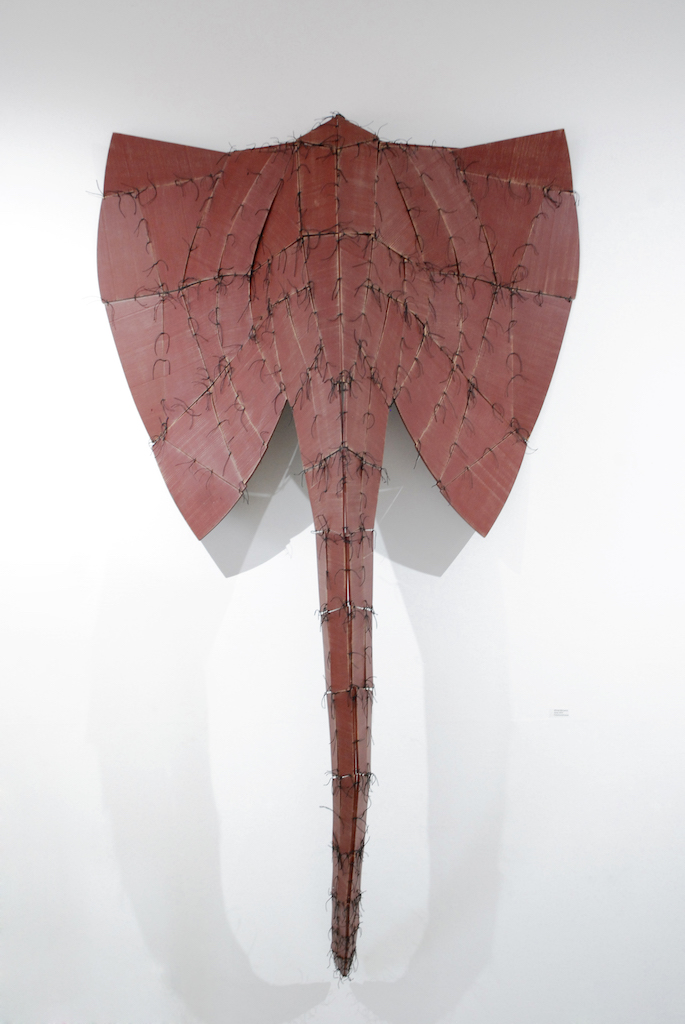
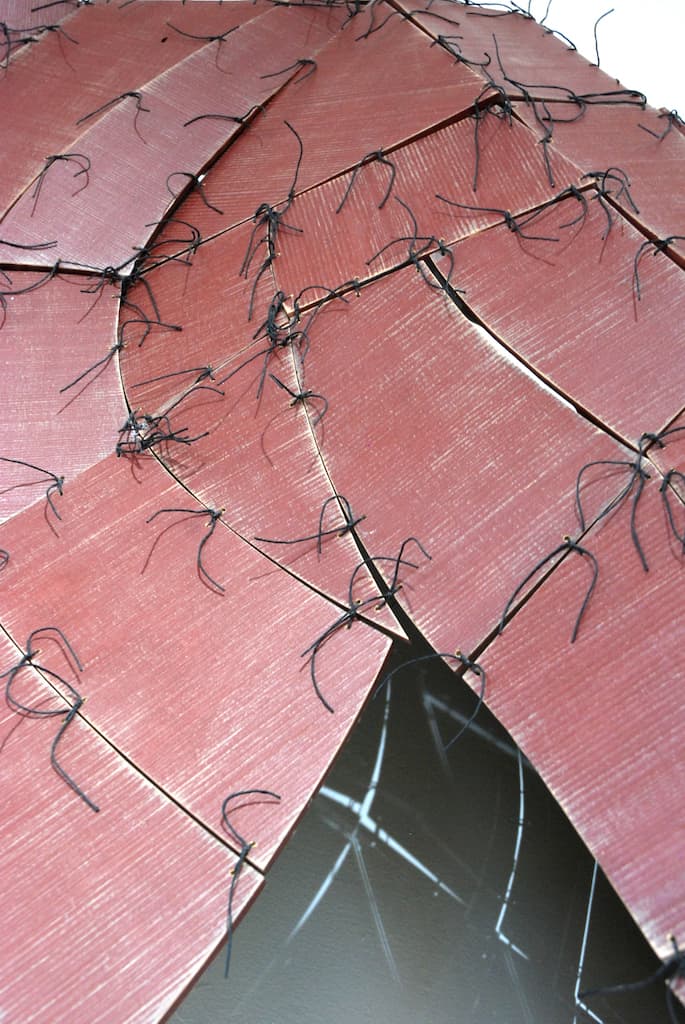
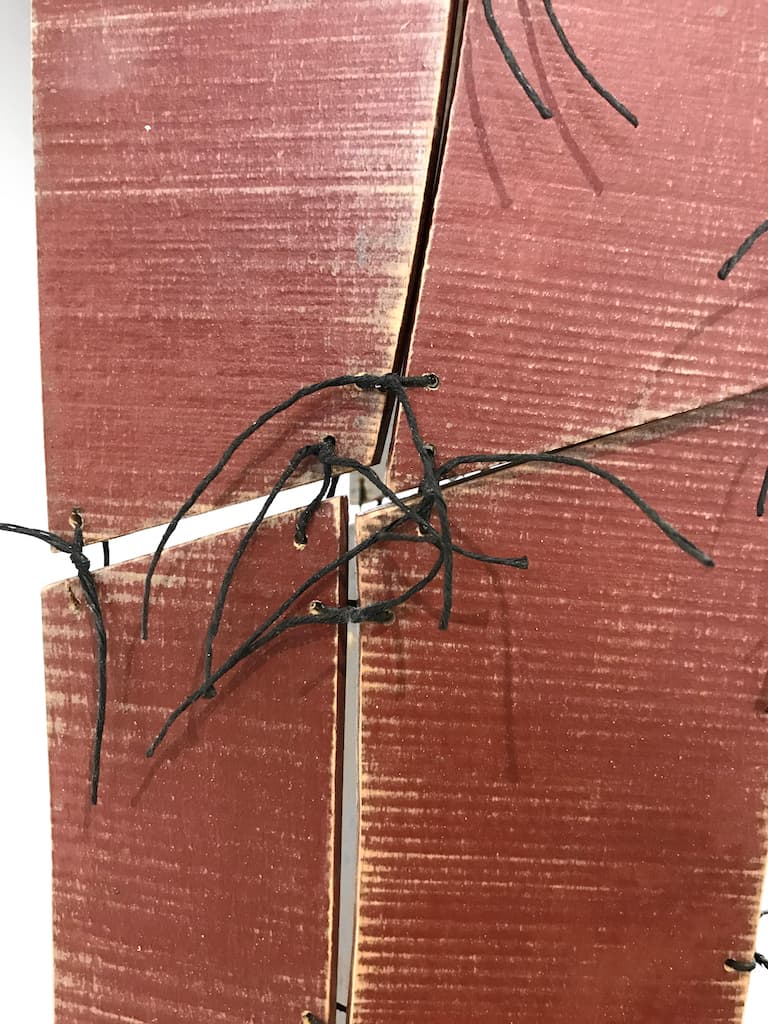
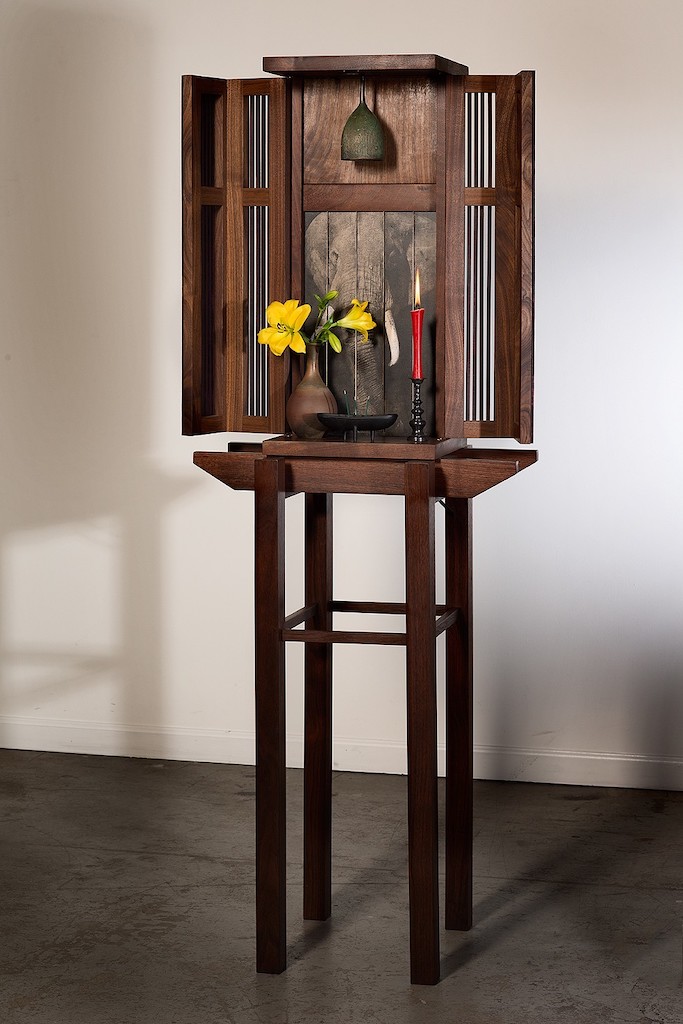
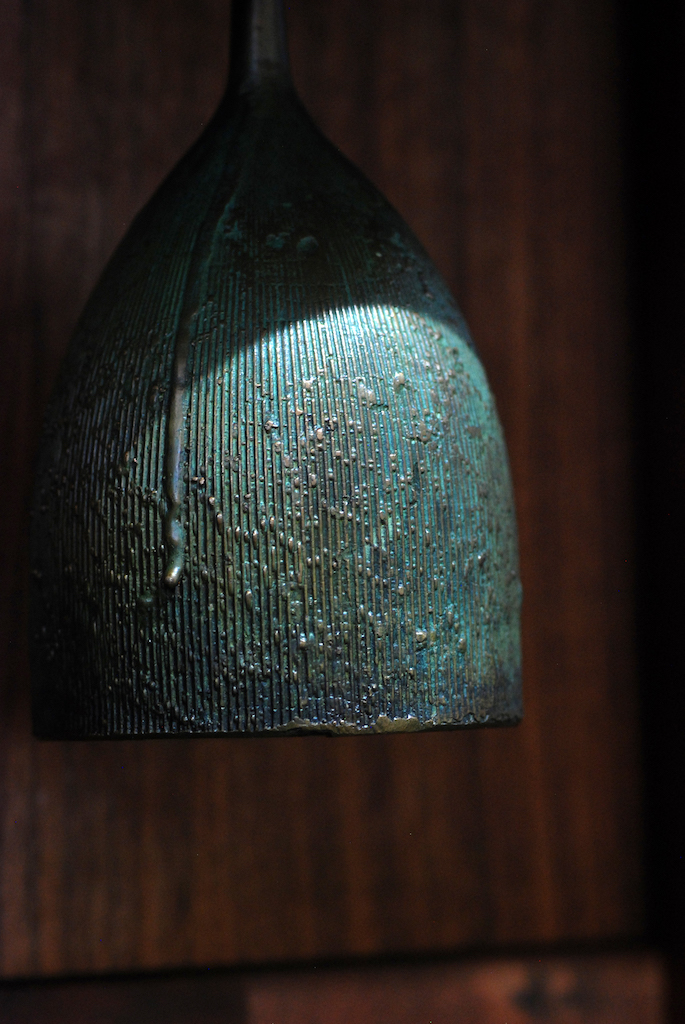
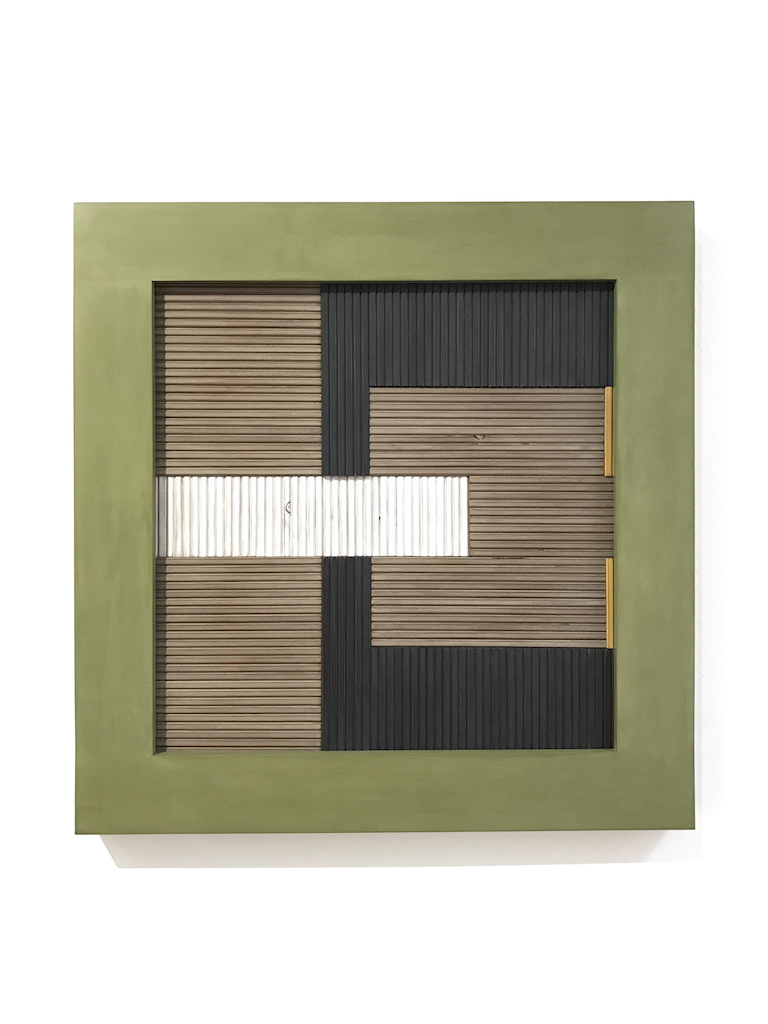
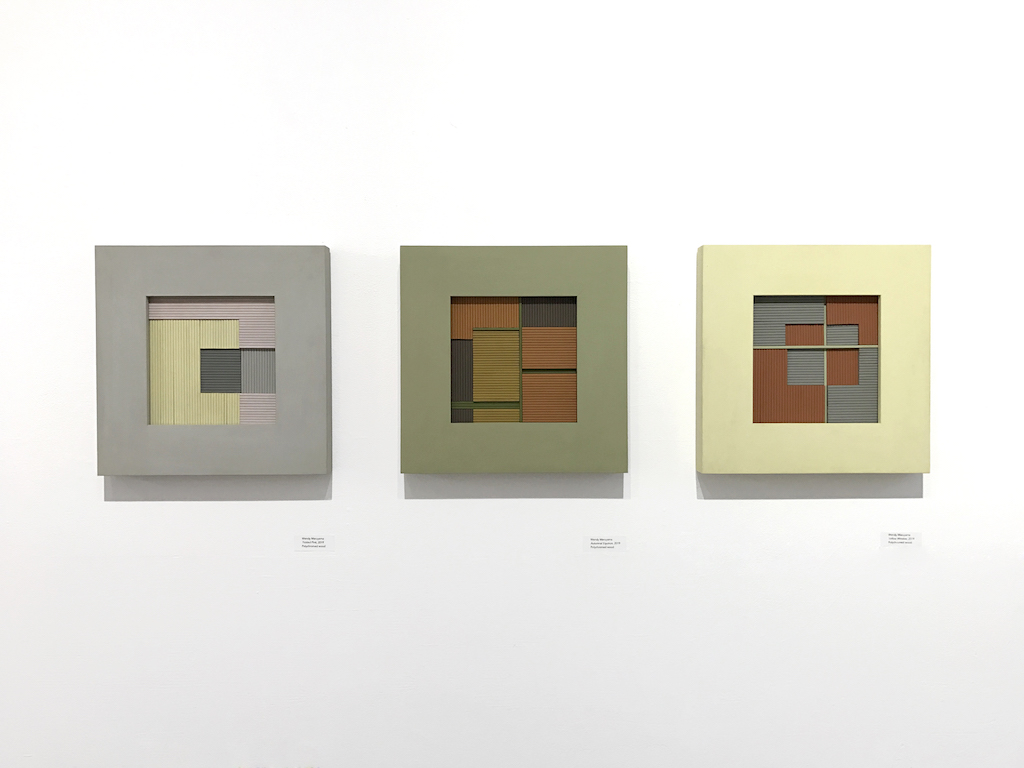
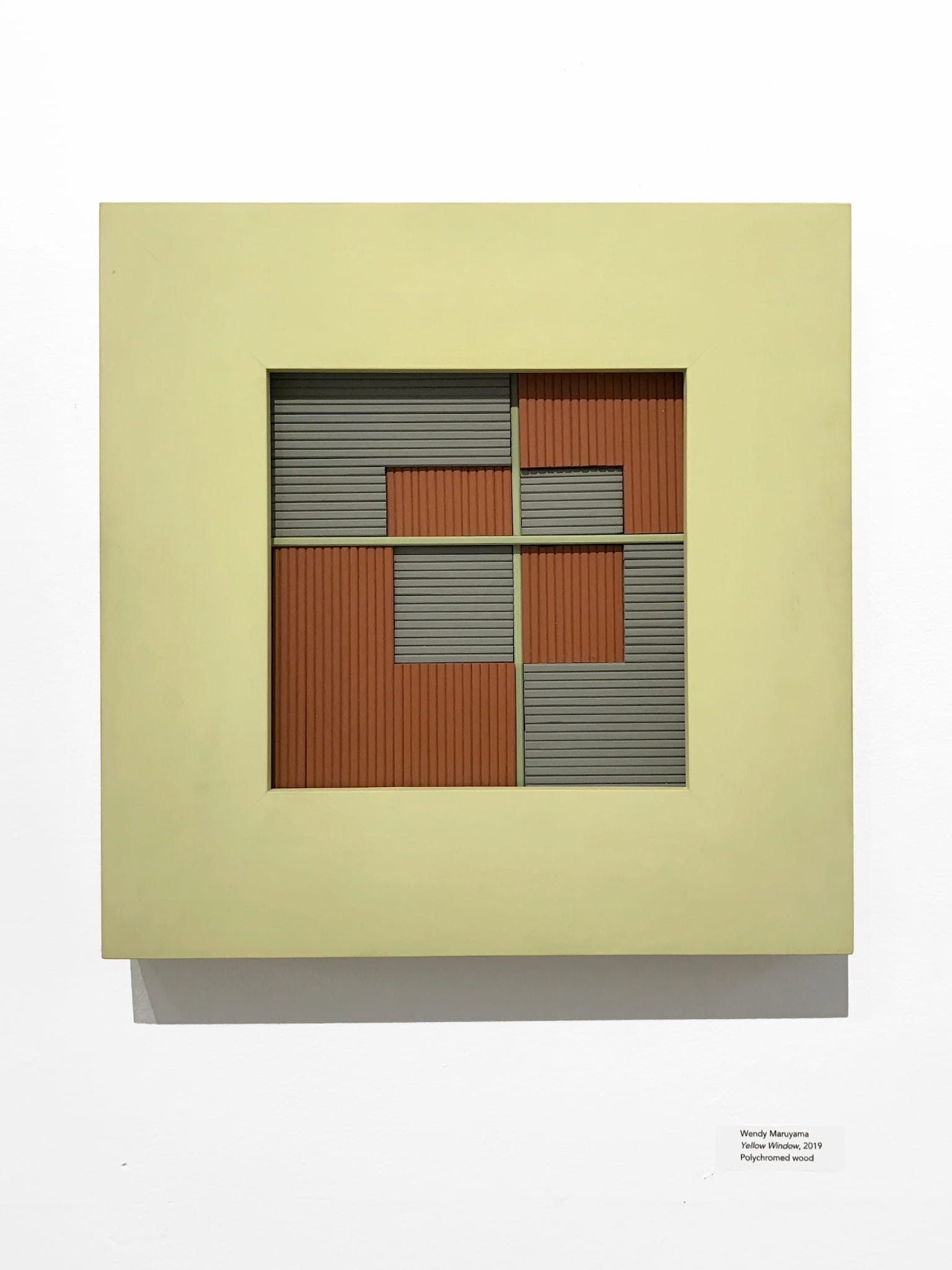
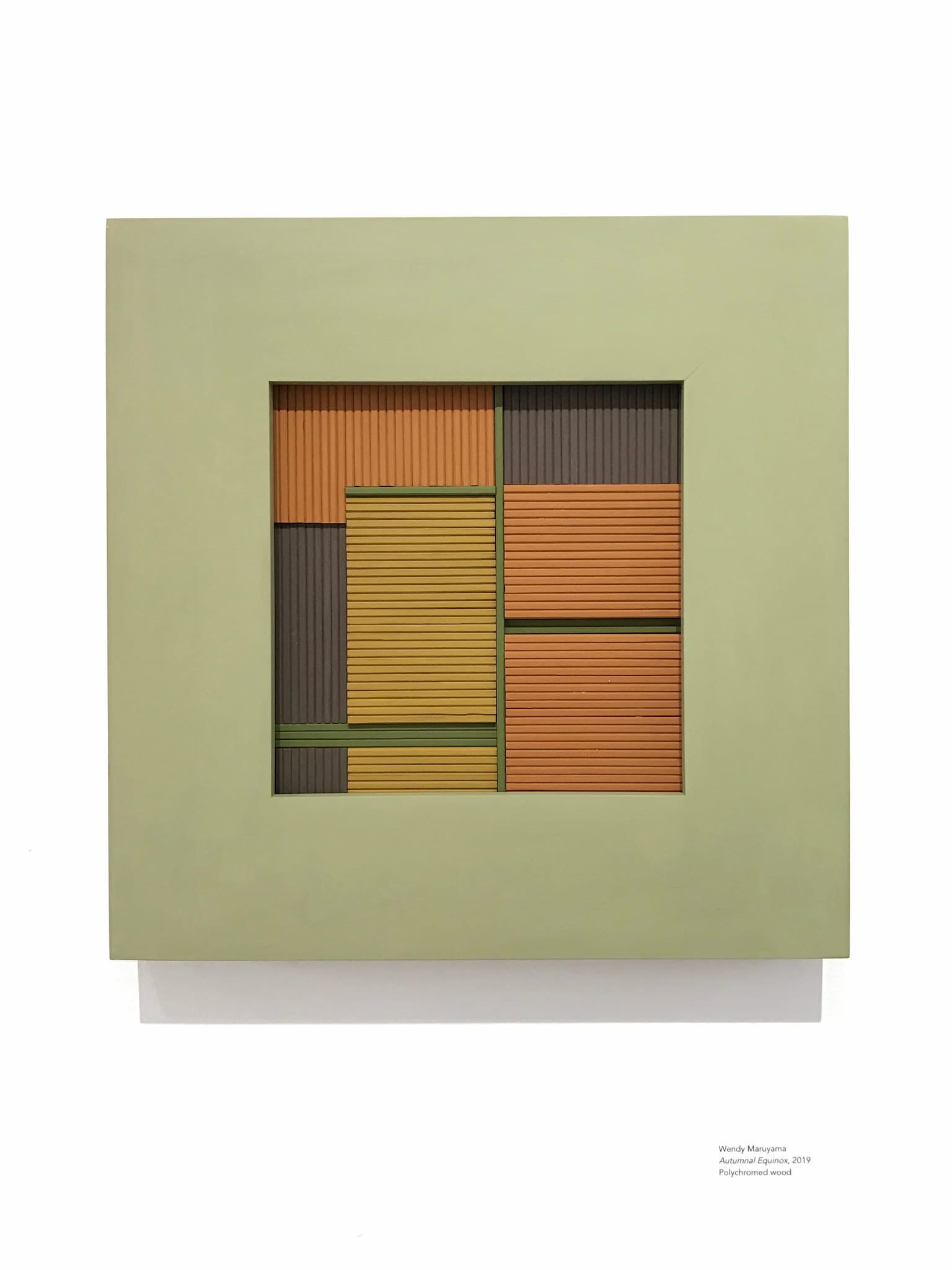
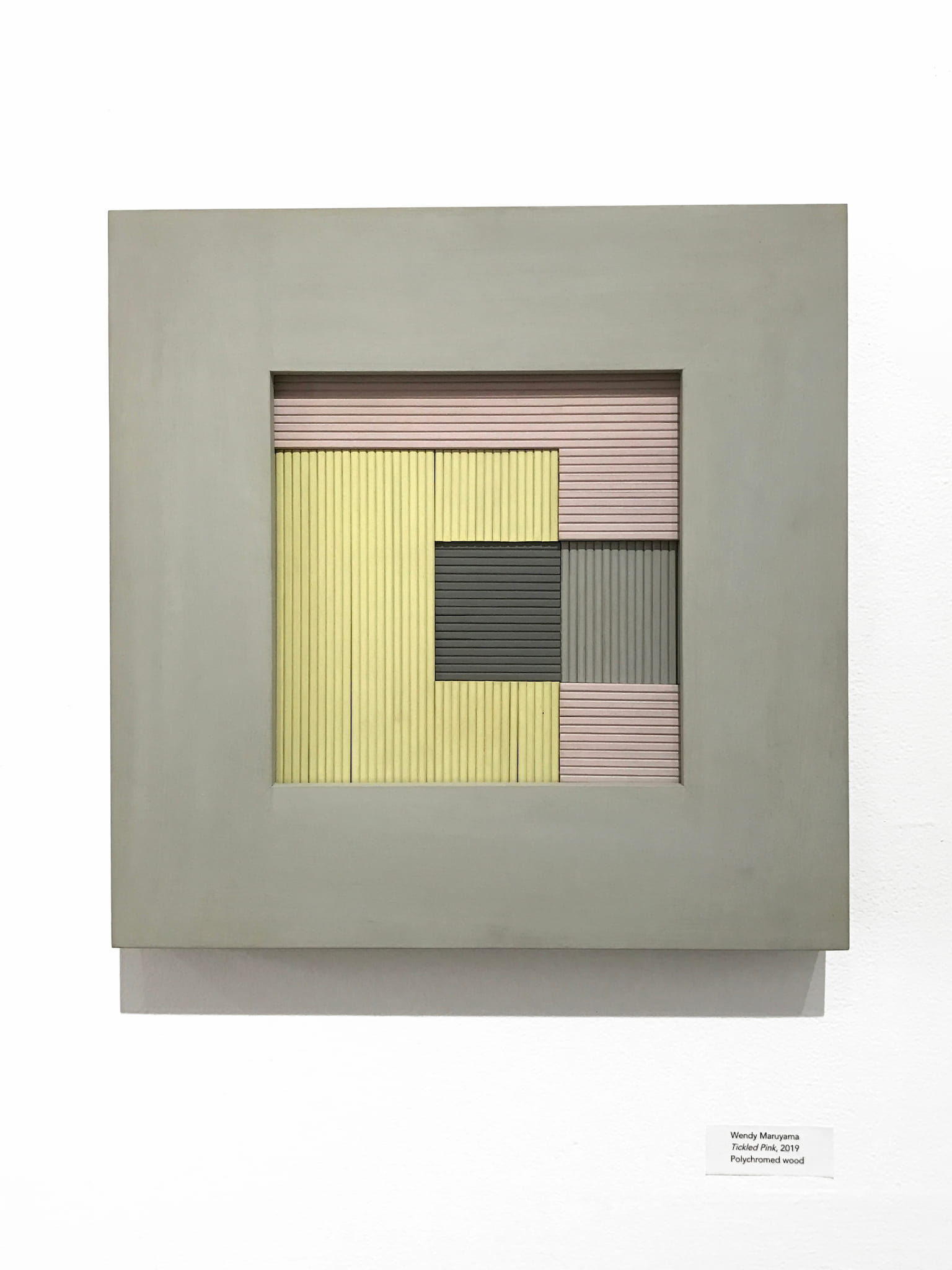
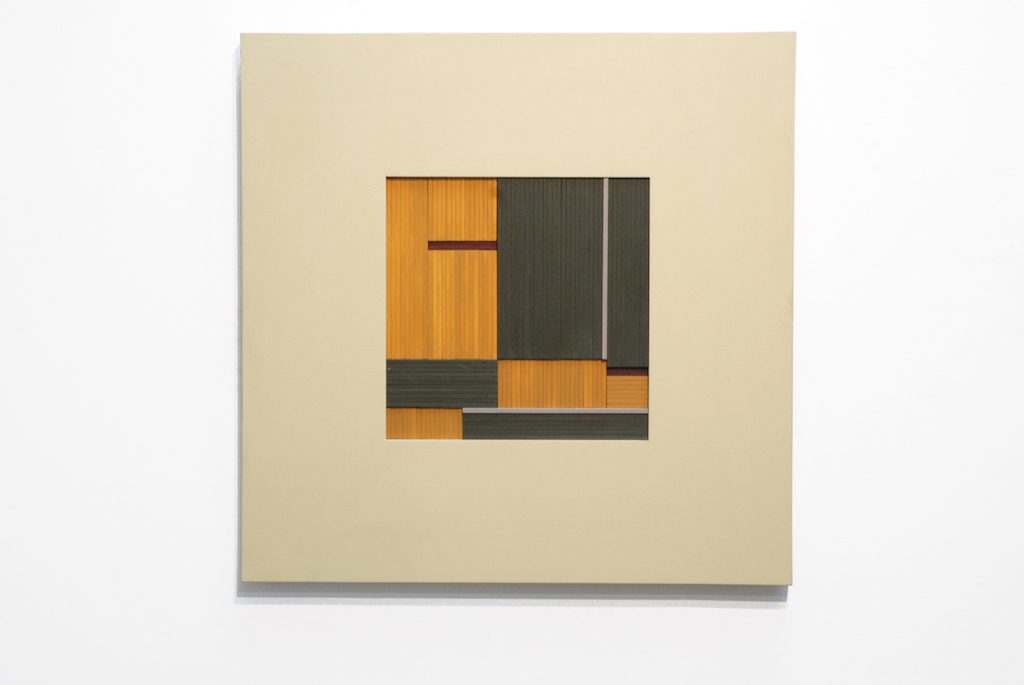
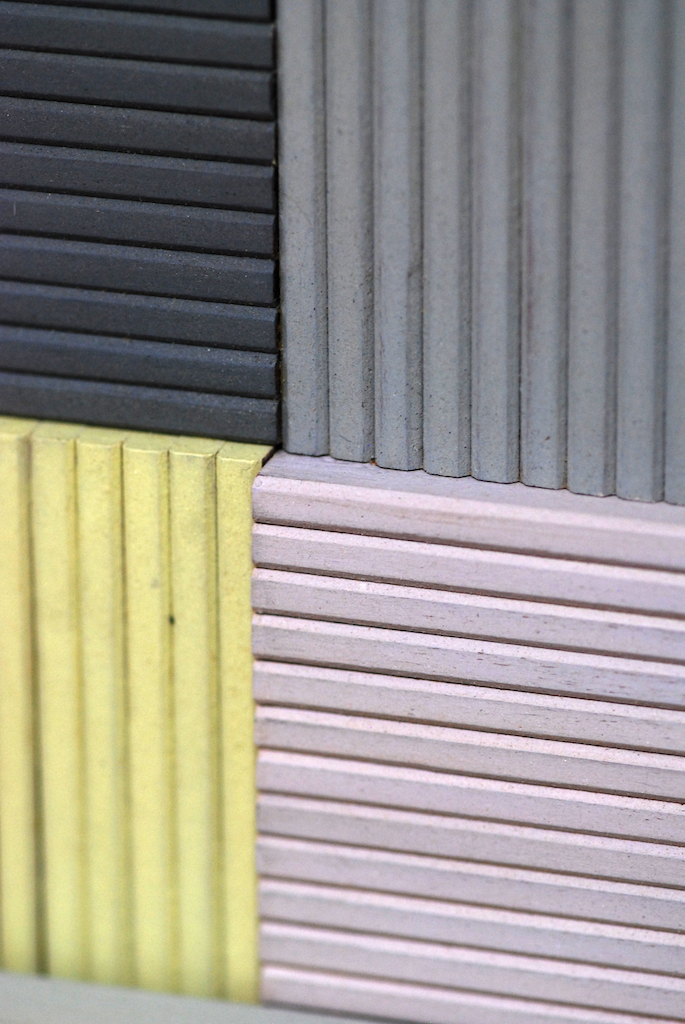
Cara Romero
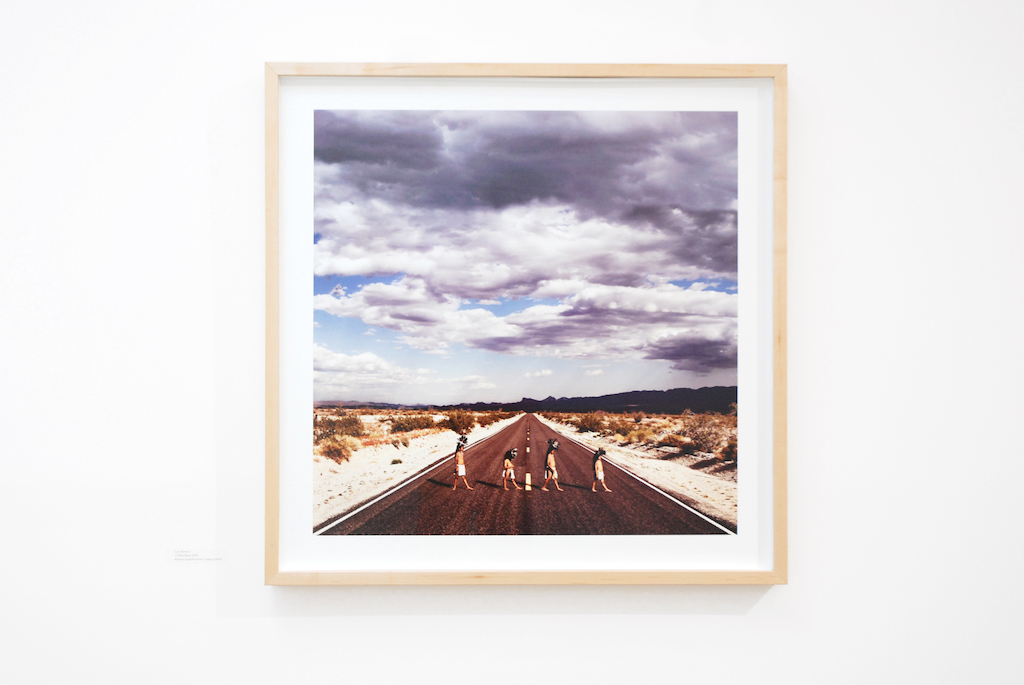
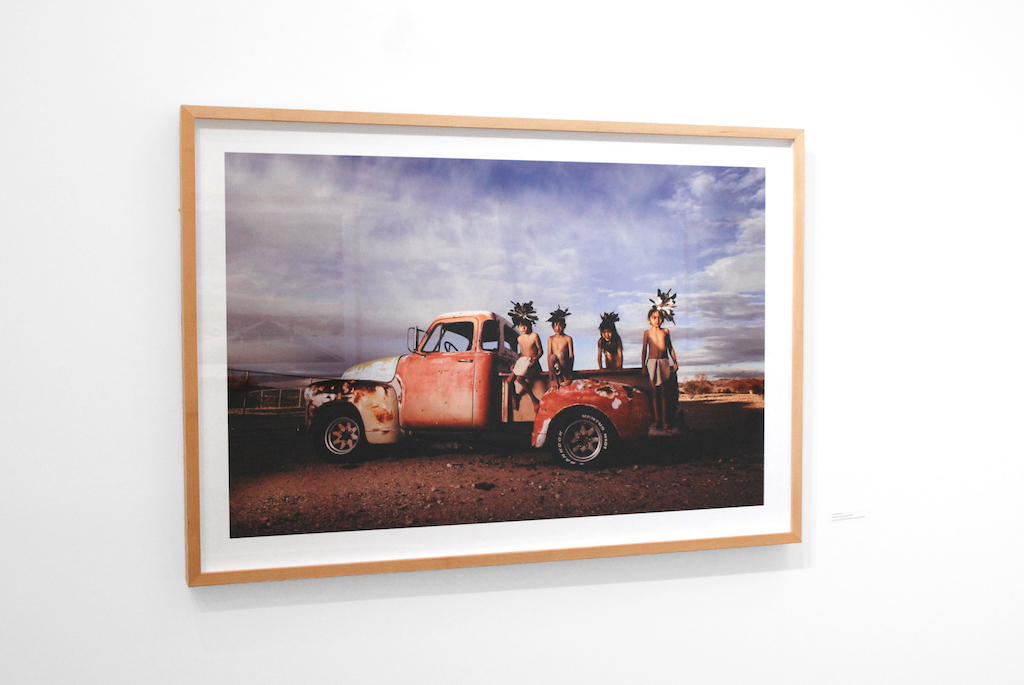
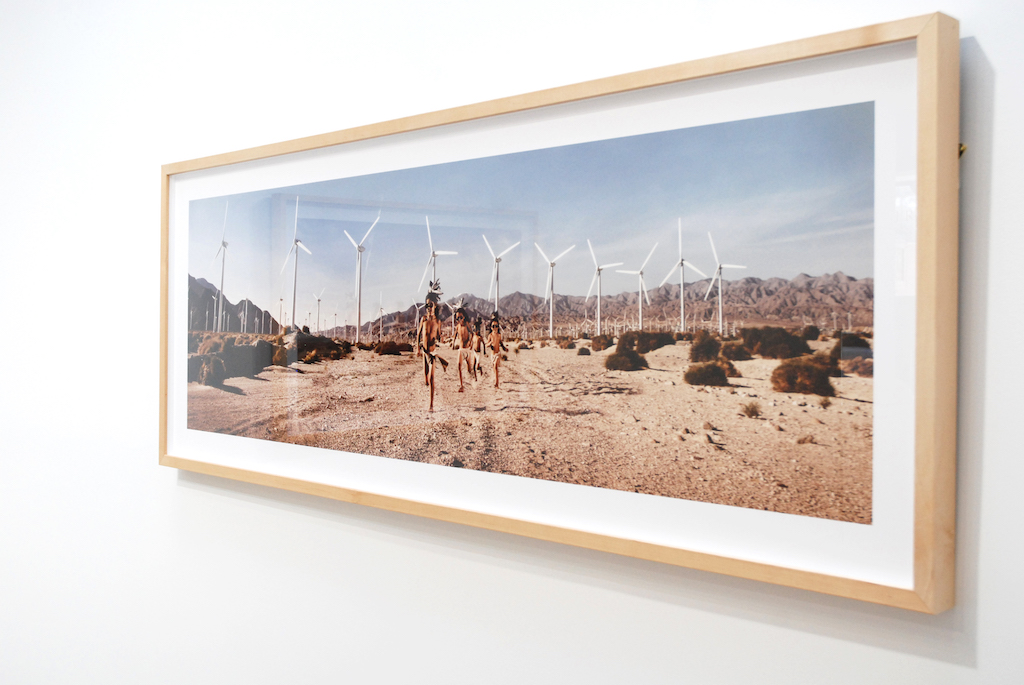
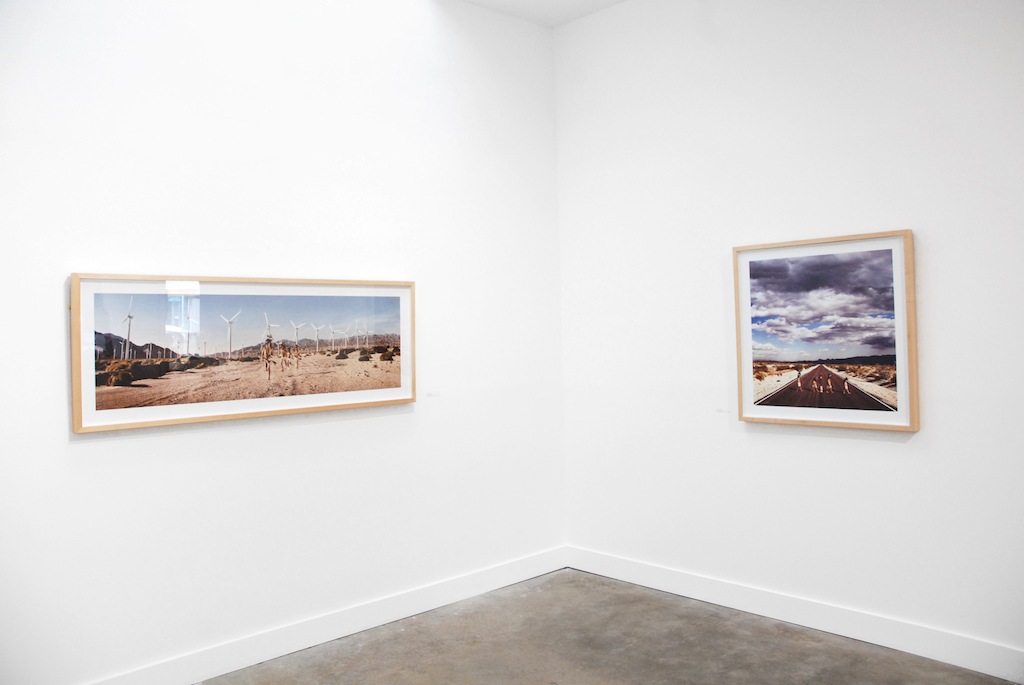
Cristina Córdova
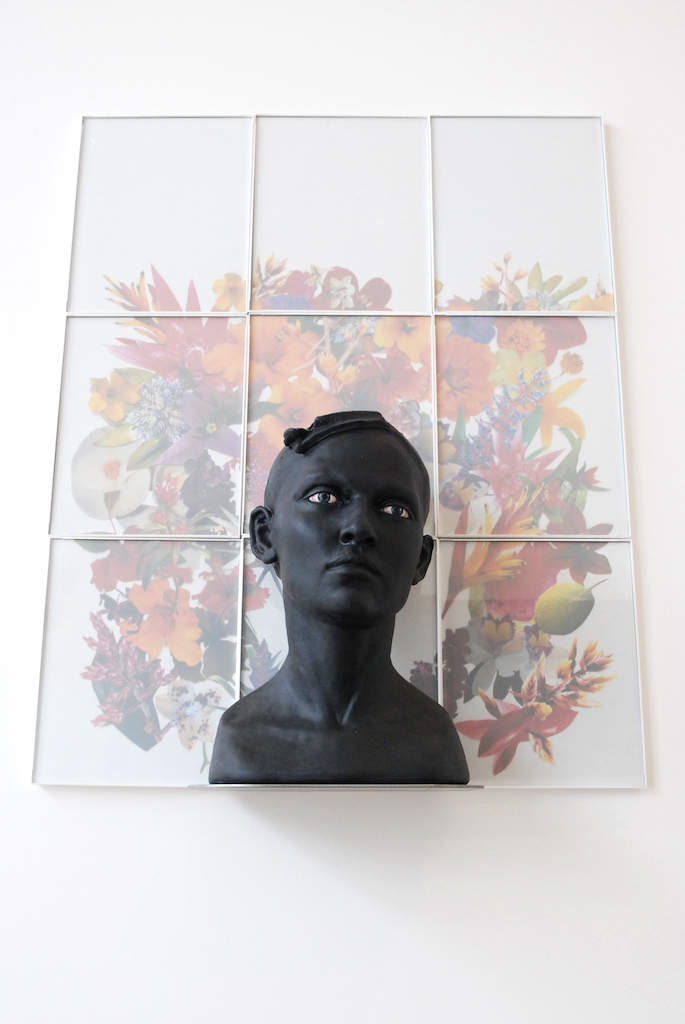

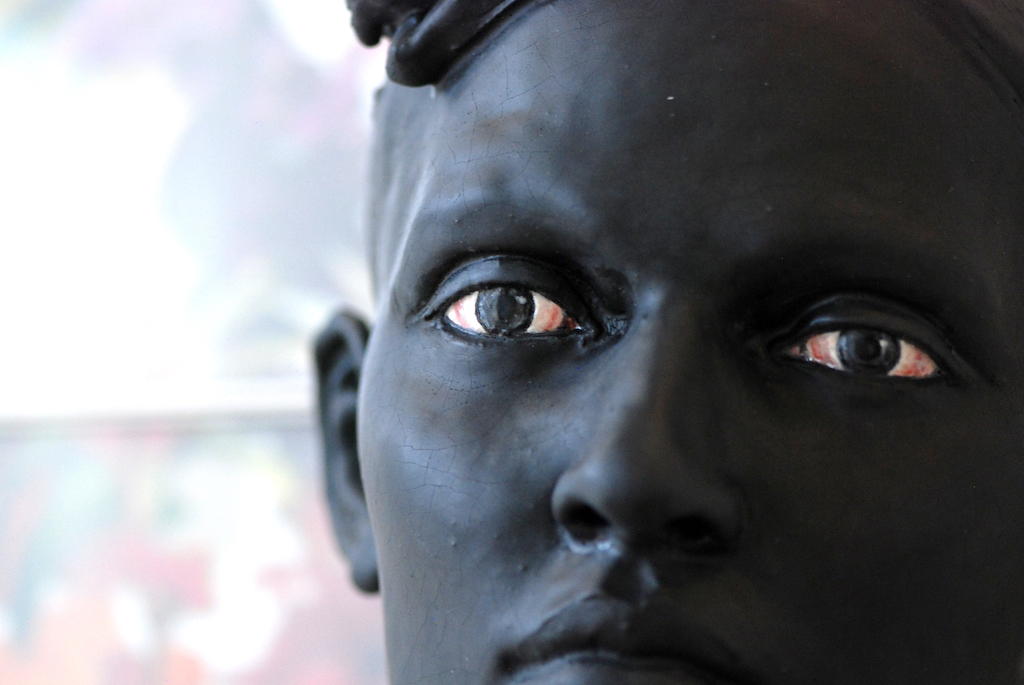
Diego Romero
